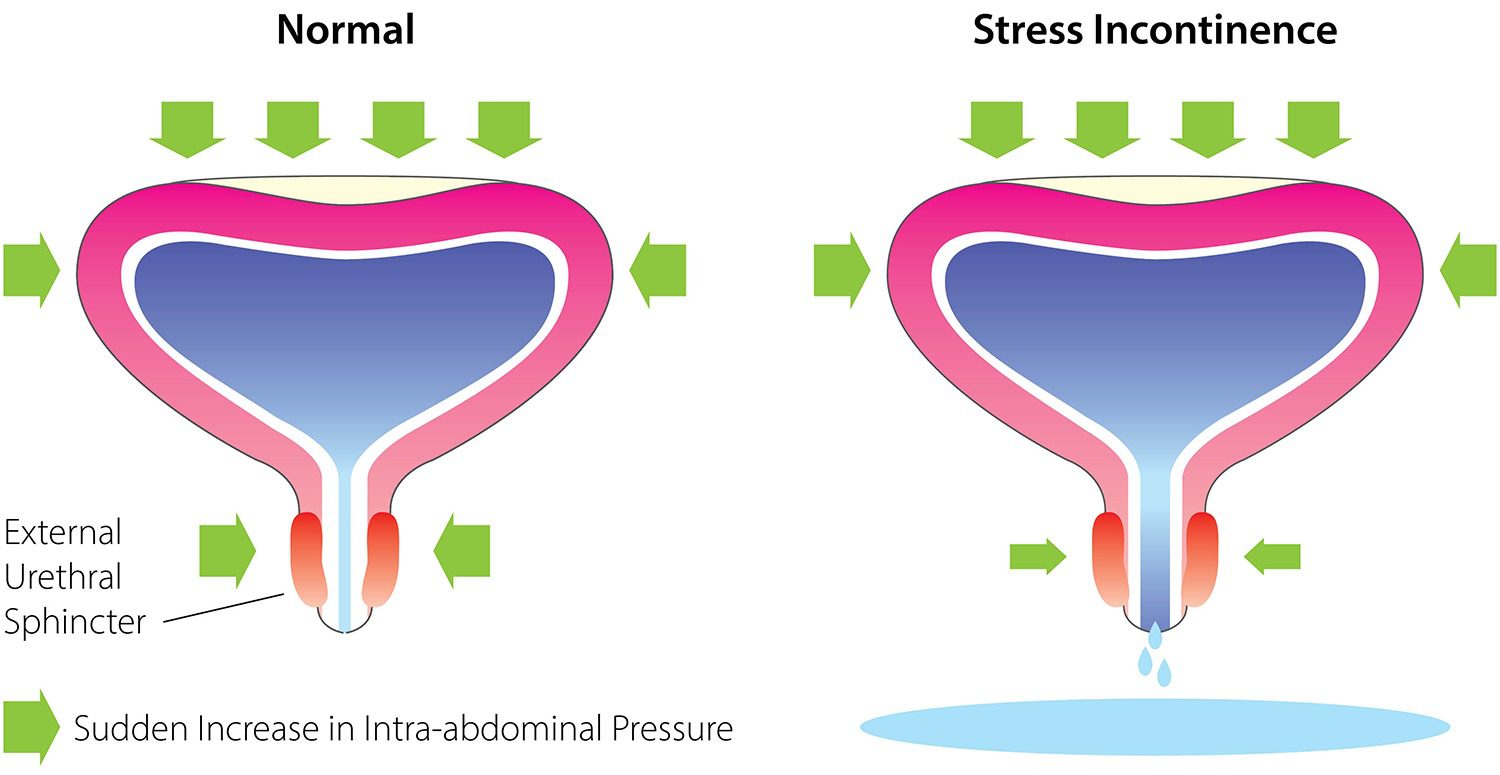
September 12, 2024
5 Pointers For Taking Care Of Urinary System Incontinence


Bladder Urinary Incontinence Therapy Choices: Exactly How To Restore Control? As soon as dealt with, regular peeing and leakage problems triggered by a UTI normally finish. This is additionally true for some ladies that experience bladder control concerns during pregnancy. Nevertheless, other causes https://Preventive-care.b-cdn.net/Preventive-care/cryolipolysis/detailed-guide-to-h.html of urinary incontinence are long-lasting and pertaining to problems that are taken care of throughout your life. If you have a persistent condition like diabetes or several sclerosis, you might have urinary incontinence for a long period of time. Urinary urinary incontinence impacts women more frequently than guys in a 2-to-1 proportion. However, this problem can influence any individual and has several causes. Urinary system urinary incontinence takes place when you blow up of your bladder. You may additionally need to see a pelvic floor specialist, a sort of physical therapist, who will work with you to enhance your pelvic flooring muscles that sustain the urinary system system. Troubles during labor and giving birth, particularly genital birth, can deteriorate pelvic floor muscle mass and harm the nerves that manage the bladder. The majority of troubles with bladder control that happen as an outcome of labor and shipment go away after the muscular tissues have actually had time to recover. If you're still having bladder problems 6 weeks after childbirth, speak with your medical professional, registered nurse, or midwife. The goal is to decrease the bladder's dimension, allowing its walls to reclaim some capability to prevent it from overflowing. These can consist of attempting to urinate once more after peeing has actually finished (called double nullifying), birthing down at the end of peeing, and/or pushing over the lower abdomen at the end of urination.
Symptoms Of Blended Incontinence
Can bladder control be restored?
Surgical procedure can occasionally boost or cure incontinence if it is triggered by an adjustment in the setting of the bladder or blockage as a result of an enlarged prostate. You might have the ability to simply change your everyday nutritional practices to restore control of your bladder. You may need to cut back on or avoid alcohol, high levels of caffeine or acidic foods. These workouts, called Kegels, enhance the
Non-surgical Treatments
If you have a persistent (resilient) problem that causes functional incontinence, you may have practical incontinence for the remainder of your life. In these instances, talk to a doctor concerning the best ways to handle your signs and symptoms. Your pelvic floor is a sheet of muscle mass that supports your bladder and digestive tract. If it weakens, you may experience urine leakage when coughing, laughing, or sneezing, a requirement to visit the shower room regularly, or a seriousness to get to the washroom and leaking on the way. In desire urinary incontinence or over active bladder, medicines can aid loosen up the bladder. These medicines do not treat urinary incontinence, yet they can be really helpful in minimizing or eliminating issues of bladder control. Therapy depends on the kind of urinary incontinence you have, your age, medical history, and just how you pick to proceed. It's estimated 11 to 34 percent of older guys have some kind of UI. 2 to 11 percent of older men manage symptoms of UI everyday. It's also feasible to have a mixture of both stress and prompt urinary incontinence. You can not protect against all cases of urinary incontinence, however there are steps you can require to reduce your danger of establishing it. In specific situations, they might not be able to cure your bladder incontinence.- Despite the fact that it prevails, it can make you really feel uneasy or self-conscious.
- Research has actually revealed that pelvic floor muscle training can benefit everybody with urinary incontinence.
- This is likewise true for some ladies who experience bladder control concerns during pregnancy.
- When the urge to pee comes, the person has a very short time prior to the urine is launched, despite what they attempt to do.
- Also if the underlying cause isn't severe, incontinence can be a major disruption in your life.
Social Links